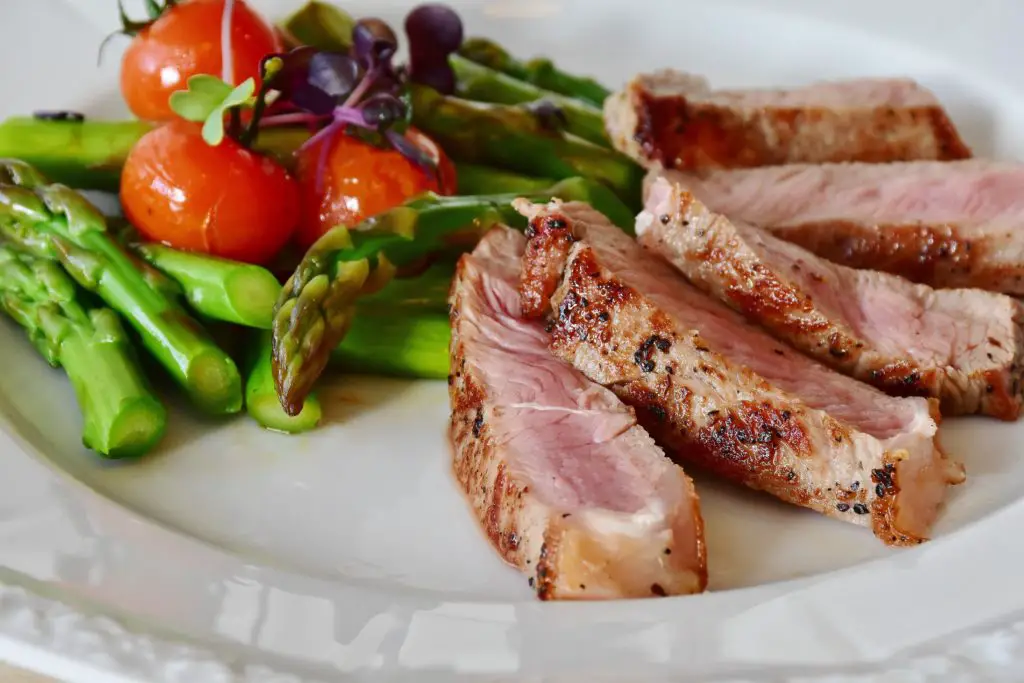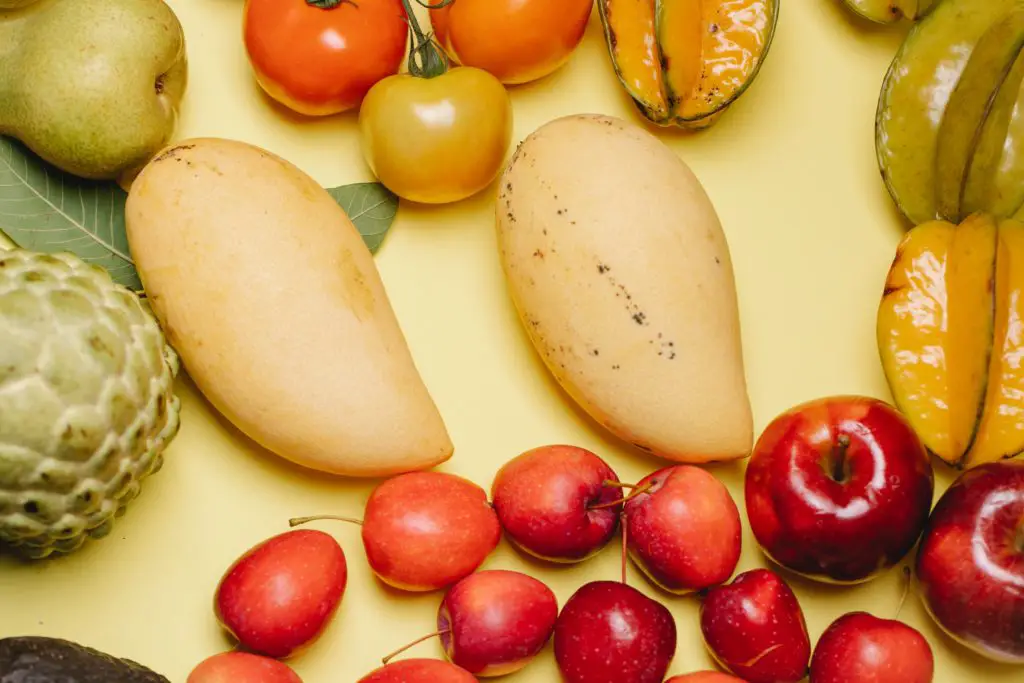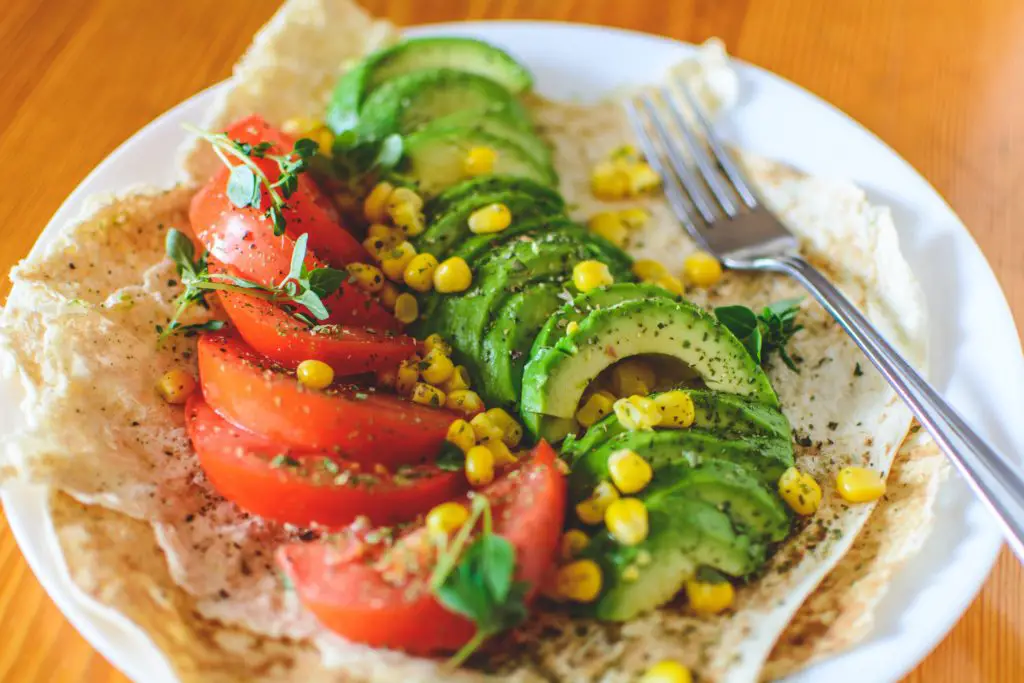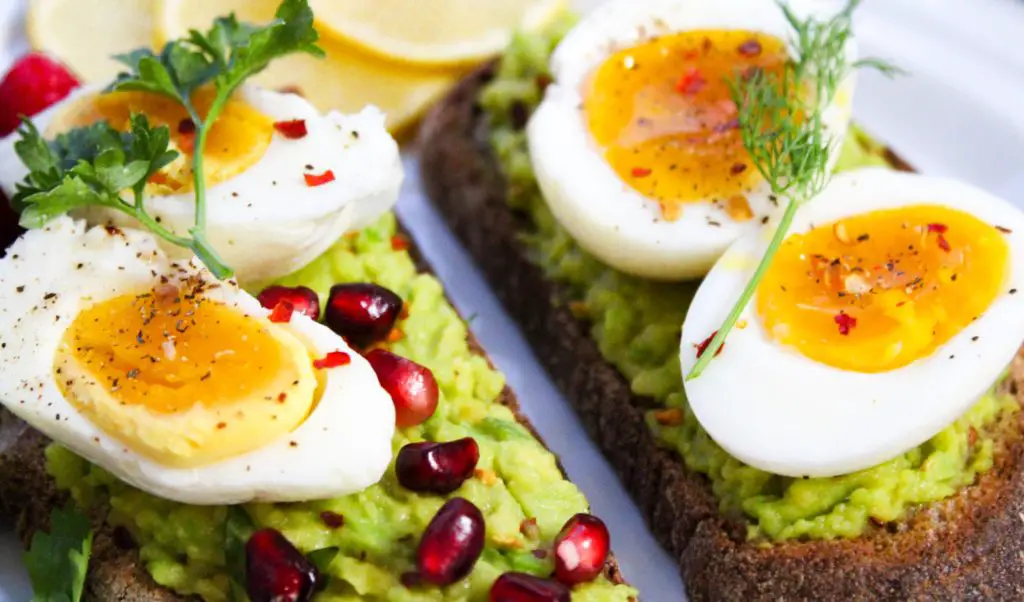What is The Fertility Diet?
Research from the Nurses’ Health Study – which began in 1976 and grew to include 238,000 female nurse participants aged 30 to 55 – has shown that tweaking aspects of your diet, from fats to beverages, can increase ovulation and improve your chances of getting pregnant. This diet seeks to build on that wisdom to help women get pregnant faster. In “The Fertility Diet: Groundbreaking Research Reveals Natural Ways to Boost Ovulation and Improve Your Chances of Getting Pregnant,” Drs. Jorge Chavarro and Walter Willett of the Harvard School of Public Health created a diet plan based on the study, which showed that women who consumed “good” fats, whole grains, and plant protein improved their egg supply, while those who ate “bad” fats, refined carbohydrates and red meat may make fewer eggs, thereby increasing the risk for ovulatory infertility. They also suggest that full-fat dairy products are good for fertility compared with skim milk and sugary sodas. The doctors recommend a 10-step approach to improve fertility.
Pros
- Can adopt the steps gradually
- Nutritional and safe
Cons
- Strictly for women
- No guarantee you’ll get pregnant
Popularity
The Fertility Diet is Ranked:
- No.5 diet in Easiest Diets to Follow (Tie)
- No.6 diet in Best Diets for Diabetics (Tie)
- No.8 diet in Best Overall Diets (Tie)
- No.8 diet in Best Diets for Healthy Eating
- No.10 diet in Best Heart-Healthy Diets
How does The Fertility Diet work?
There’s no guarantee you’ll get pregnant by following the Fertility Diet. However, the diet includes 10 research-backed steps that may boost fertility for women with conditions such as ovulation disorders, polycystic ovary syndrome, fibroids or uterine polyps, damaged fallopian tubes, endometriosis, and immune system disorders. While male conditions such as low sperm count, sperm defects, twisted spermatic cords, and immune disorders can also be factors for infertility, the diet is not designed to address male fertility issues.
You don’t have to follow all 10 steps at once. You can gradually tackle more when you feel comfortable.
How much does The Fertility Diet cost?
There are no special audio books or additional materials required beyond the book itself.
Will The Fertility Diet help you lose weight?
You’re likely to shed pounds on the Fertility Diet. Although this is a diet geared toward improving fertility, you’ll also notice weight loss as long as you follow the recommendations carefully and exercise regularly. It also depends on what kind of exercise you choose and whether your focus is weight loss. The authors suggest keeping the diet rich in plant protein, whole grains, and healthful saturated fats, as well as having a serving of whole milk or other full-fat dairy food each day. You should also spend more than 30 minutes exercising daily.
How easy is The Fertility Diet to follow?
The Fertility Diet is ranked #5 in the Easiest Diets to Follow
The Fertility Diet is fairly easy to follow, based on its use-at-your-own-pace style. Suggested meal plans incorporate the 10 pregnancy-promoting steps. Women needn’t adhere to all 10 steps at once. Taking a couple of steps at a time may work better for some women.
- Convenience shouldn’t be an issue but there might be a learning curve. There are no niche or exotic ingredients to contend with. Still, the dietary changes will take some planning and getting used to, with attention paid to nutritional facts printed on food labels.
- Find healthy recipes in the cookbook. The recipes and meal plans found in “The Fertility Diet“ book do not contain any artificial trans fats. Instead of red meat, the book offers fish, eggs, beans, nuts and whole milk or full-fat dairy products as a source of protein. One example of breakfast includes oatmeal, almonds, blueberries and whole milk, while another consists of whole-wheat toast, almond butter, vanilla soy milk, yoghurt, sliced peaches and coffee or tea. Other recommended items include salads packed with beans and peppers; smoothies with whole-milk vanilla yoghurt, frozen bananas and honey; vegetables and fruit. Dinners include orange-glazed salmon, grilled Moroccan tuna, chilli-spiced shrimp and more fish dishes.
- Eating out is manageable. The book suggests eating a low-calorie snack such as dried cranberries, edamame, grapes or string cheese before going to a restaurant. If you’re not “starving,” you’re less likely to gorge on unhealthy choices. Avoid french fries, doughnuts and other fried foods. Ask the server if the fried foods are cooked with partially hydrogenated oils. If they are, choose roasted vegetables or pecan-crusted dishes instead. After dinner, order a coffee in place of dessert. For special occasions, decide ahead of time how much you should eat, stick with your plan and set practical limits. Another option? Offer to bring a side dish to the party; that way you and your friends can snack healthily.
- Save time grocery shopping. Making a list before you go grocery shopping will make meal planning easier. Avoiding the chip and soda aisles will save time.
- Stay on track with the help of support systems. Aside from the book, there are no companion items available. However, the authors suggest seeking support from friends and family to help you stick to the plan. Enlist an exercise buddy to keep you on track, or join a weight-loss support group to keep your motivation in check. Try keeping a daily log of what you’ll plan to eat and what you actually eat to see how far you’ve come.
- Feeling full shouldn’t be a problem. You should feel full after the diet’s prescribed three meals and two snacks a day, which should total approximately 2,000 calories. Slow down when chewing your food to prevent overeating. It takes a few minutes for your body to relay to your brain that it is full.
- Get used to different tasting foods. Although you may miss indulging in that juicy steak, your taste buds will thank you for introducing more hearty dishes, such as creamy parsnip-carrot soup, orange-glazed salmon and a vegetarian chilli that packs a helping of bell peppers and beans.
How much should you exercise on The Fertility Diet?
Exercise is one of the 10 steps recommended by the Fertility Diet. Adding 30 minutes of brisk walking to a modest daily reduction in calories has been proven to help ward off excess weight and improve fertility.










